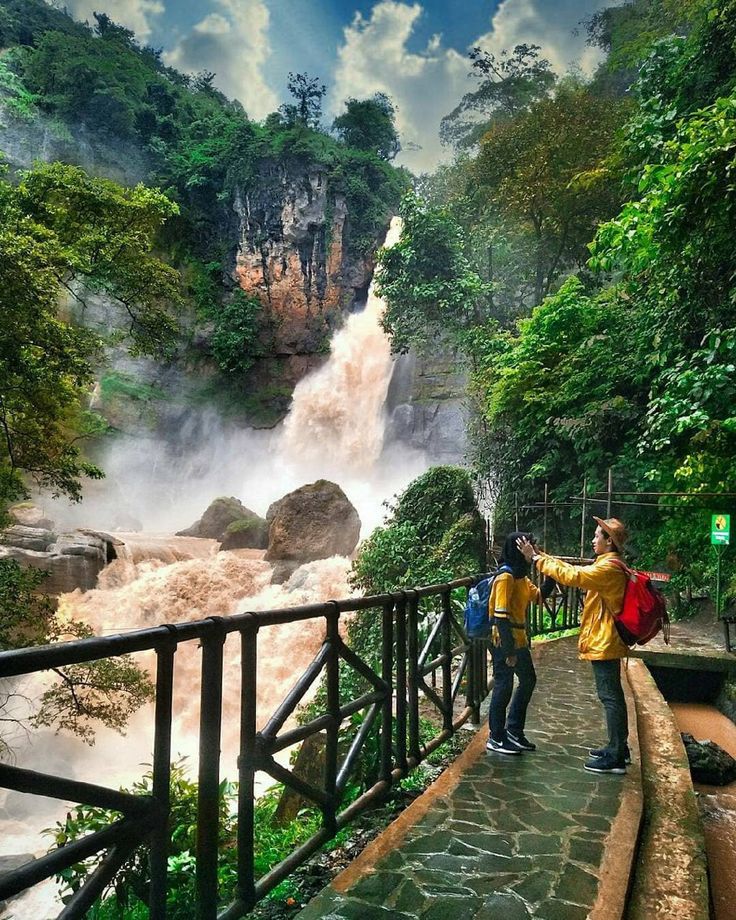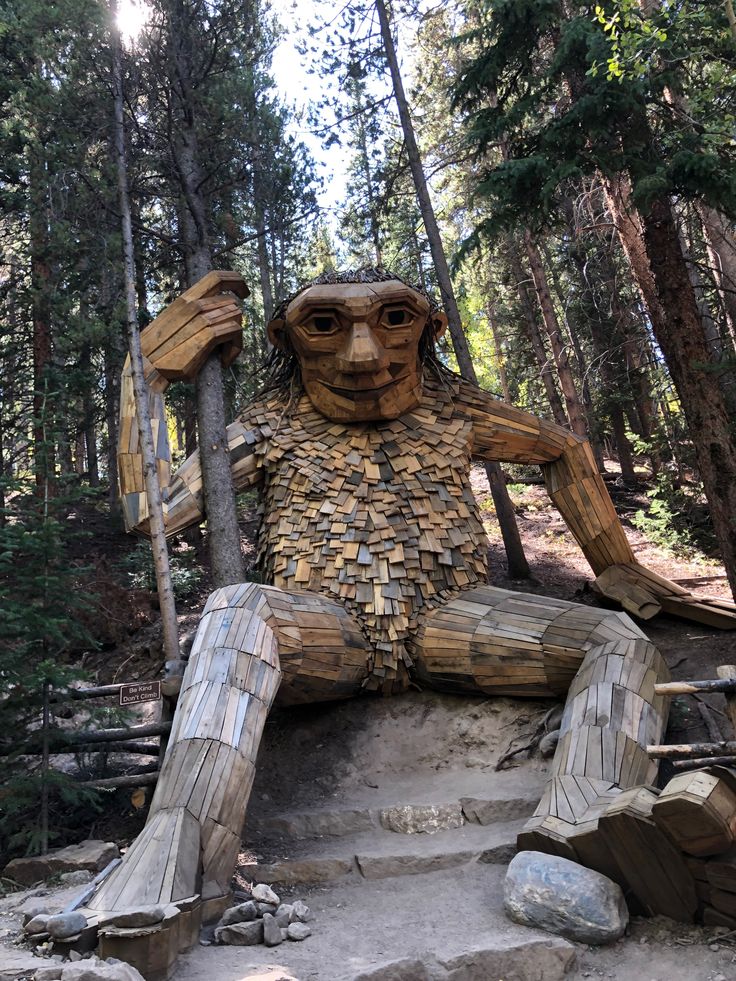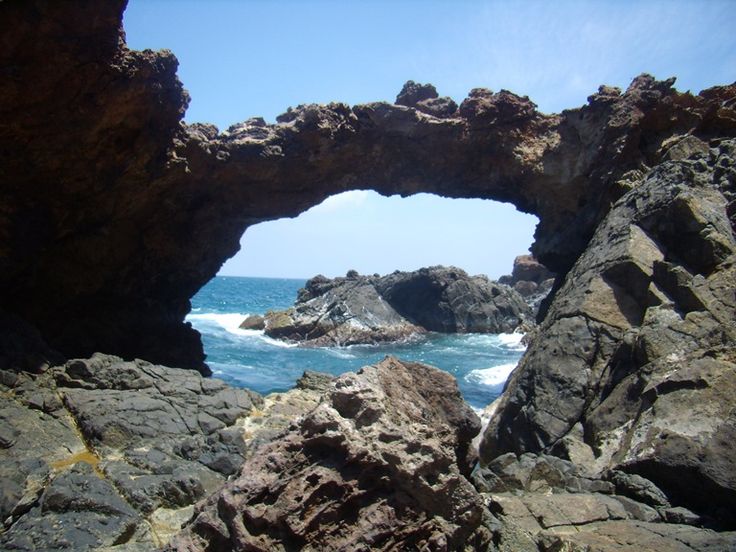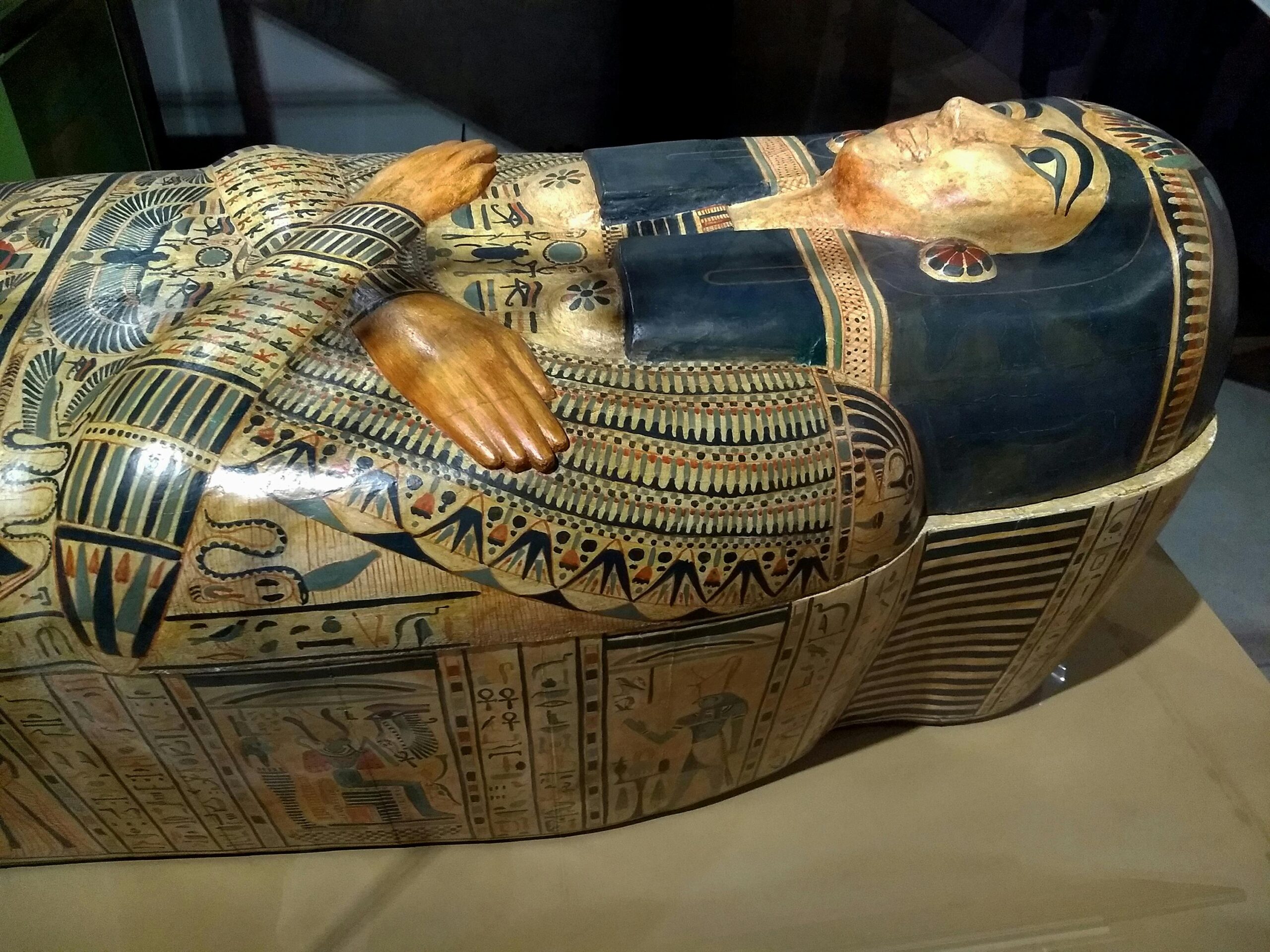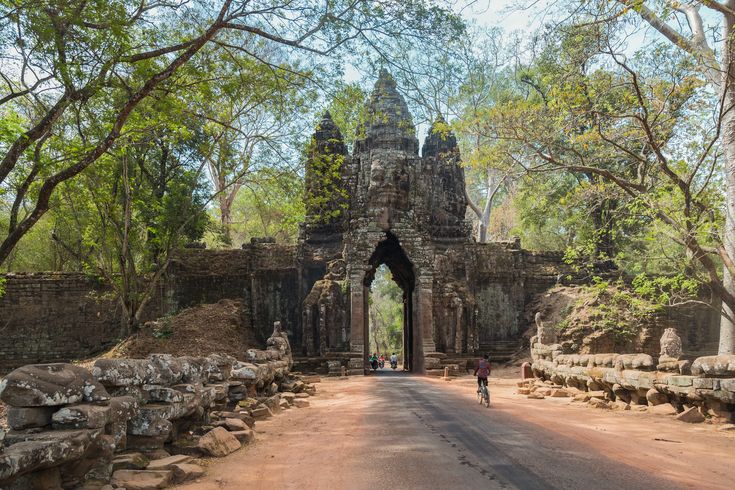Majestic Castles of Oman
A Journey Through History and Architecture
Oman, a country rich in history and culture, has long been a beacon of ancient traditions and architectural marvels. With its unique location on the Arabian Peninsula, Oman offers travelers a chance to step back in time and explore the remnants of its powerful past. From the warm, sunny weather to the warm hospitality of the Omani people, the country promises an unforgettable journey. Oman’s culture is deeply rooted in its Islamic heritage, with a blend of Arab, Persian, and African influences. Visitors can experience the vibrant markets, traditional music, and dances that reflect Oman’s deep cultural roots.
The country’s climate varies across regions, with coastal areas enjoying mild temperatures while the inland areas can experience extremes. However, the best time to visit Oman is during the cooler months, from October to March, when the weather is more comfortable for outdoor explorations.
Among Oman’s most impressive landmarks are its castles and forts, which stand as silent witnesses to centuries of history and culture. These architectural treasures, often perched on hilltops or nestled in desert valleys, offer a fascinating glimpse into the nation’s past. They were not only used as fortifications but also as homes for Oman’s rulers, offering protection against invaders and a place to plan strategies. Castles in Oman serve as testaments to the country’s historical significance and the architectural brilliance of its builders. Let’s take a closer look at some of the best castles to visit in Oman.
Al Hazm Castle
Al Hazm Castle, located in the Al Dhahirah region of Oman, is a prime example of Omani architecture and defensive design. This remarkable fortress, built in the 18th century, is renowned for its stunning design and strategic importance. It was constructed by Sultan Bin Saif Al Ya’rubi and served as a key defense structure during the period of Omani expansion.

The castle stands as a testament to the military prowess of Oman during this era. The design is both functional and aesthetically pleasing, with large, sturdy walls that encircle the structure. The interiors are equally impressive, with intricate woodwork, spacious rooms, and well-planned courtyards. The central feature of the castle is its well-preserved watchtower, offering panoramic views of the surrounding landscape.
The special features of Al Hazm Castle include its beautifully crafted gates, high walls, and watchtowers that allowed for surveillance of the surrounding areas. The castle’s strategic position was key to defending the region from invaders. Al Hazm Castle is also known for its unique building design, which incorporates traditional Omani architectural elements like domed roofs and arched windows. Visitors to this historical site can explore its many chambers and learn about the history of Oman’s military defense system.
Rustaq Fort
Rustaq Fort, located in the Al Batinah region, is one of Oman’s most important historical landmarks. This fort is notable for its size and historical significance, as it served as the residence of many prominent rulers in the region. The fort is built on a hill, offering an advantageous view of the surrounding area, making it an ideal defensive position.
The architecture of Rustaq Fort is a blend of traditional Omani design and practical military functionality. The fort features several towers, including the central watchtower, which provides a commanding view of the surrounding valley. Inside, visitors will find a maze of rooms, including living spaces, storage areas, and a mosque, which further showcases the fort’s importance as both a military and administrative center.

Rustaq Fort’s special features include its thick defensive walls, which were designed to withstand siege and attack. The fort also houses an intricate water system, which demonstrates the advanced engineering skills of the time. The building design focuses on blending into the natural environment, with the use of local materials and the integration of the surrounding landscape. Visiting Rustaq Fort gives travelers the opportunity to explore the history and culture of Oman’s ruling families.
Nakhal Fort
Nakhal Fort, located about 120 kilometers from Muscat, is another iconic castle in Oman that reflects the country’s rich history. Positioned on a rocky outcrop with views of the surrounding date palm plantations, Nakhal Fort has stood the test of time. The fort was originally built in the 17th century but was later expanded and renovated to its present form.
One of the most striking features of Nakhal Fort is its architectural style, which combines elements of Islamic and Omani traditions. The fort’s impressive walls and towers are designed for defense, while the interiors reveal an elegant simplicity in their use of local materials. Inside, the fort includes several rooms dedicated to the ruling family, a mosque, and storage areas. The castle’s strategic location allowed for a wide-ranging view of the surrounding region, ensuring early detection of any potential threats.

The special features of Nakhal Fort include its extensive network of tunnels and defensive walls. The fort’s stronghold was a critical site during times of conflict and served as a symbol of the strength of the Omani people. The fort also offers visitors a glimpse of traditional Omani life through its restored rooms and exhibits. Nakhal Fort is one of the best castles to visit in Oman, offering both historical insights and breathtaking views.
Al Jalali and Al Mirani Forts
Situated on the Muscat harbor, the twin forts of Al Jalali and Al Mirani offer a stunning view of the Arabian Sea and the surrounding cityscape. These forts, built during the Portuguese occupation in the 16th century, played a significant role in defending Muscat from invaders. Over the centuries, they have undergone several renovations and have stood as symbols of Omani resilience.
Al Jalali Fort, located on the western side, is characterized by its towering walls and strategic position overlooking the sea. On the other hand, Al Mirani Fort, located on the eastern side, served as a military stronghold with a commanding view of Muscat’s coastline. Together, these forts formed a formidable defense system against external threats.

The architectural design of Al Jalali and Al Mirani Forts features thick stone walls, high towers, and narrow windows that allowed for effective defense against attacks. The forts’ special features include their position on cliffs, which makes them virtually impenetrable from the sea. These forts also house cannons and other military equipment from the period of Portuguese occupation. For visitors, the forts offer a chance to experience the Omani military history while enjoying panoramic views of Muscat’s harbor.
An Naman Castle
An Naman Castle, located in the southern part of Oman, is one of the lesser-known yet equally fascinating historical sites in the country. This castle’s design reflects the classic features of Omani military architecture, with large fortifications and strategic positioning. The castle was used as a defensive structure against invaders and later as a royal residence.
The building design of An Naman Castle is particularly remarkable for its intricate defensive system, which includes high walls, watchtowers, and a network of narrow passageways that were used to monitor approaching enemies. The fort’s special features include its beautiful courtyard and the surrounding landscape, which offers a glimpse into the agricultural life that supported the castle.
The history of An Naman Castle is tied to the wider history of Oman, with the castle serving as a symbol of the region’s importance in trade and military defense. For visitors, exploring An Naman Castle is an opportunity to step back in time and experience the life of Oman’s rulers and military strategists. It is one of the lesser-known yet best castles to visit in Oman, offering a unique and less crowded alternative to the more famous sites.
Conclusion
Oman is a treasure trove of history, culture, and architecture, and its castles are some of the best ways to explore this rich heritage. Whether you are interested in military history, architecture, or simply the beauty of the Omani landscape, these historical sites provide a fascinating glimpse into the country’s past. From the strategic design of Al Hazm Castle to the historical significance of Nakhal Fort and the twin forts of Al Jalali and Al Mirani, Oman offers some of the best castles to visit in the region. When you plan to travel Oman, make sure to visit these magnificent structures to fully immerse yourself in the country’s history and architectural legacy.




